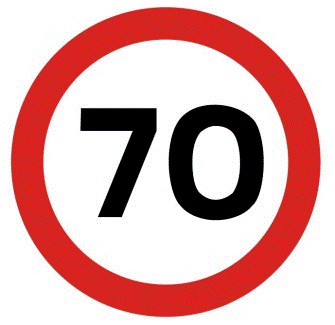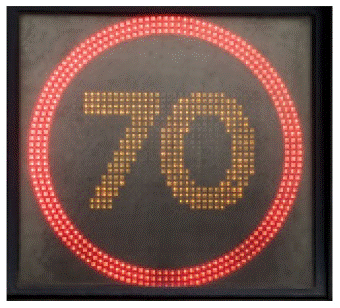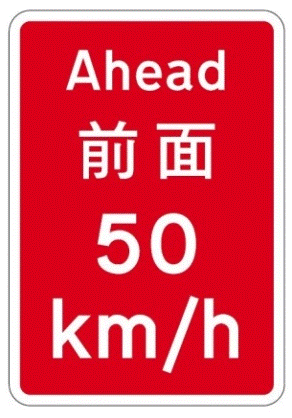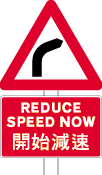Traffic usually travels faster on dual carriageways and on some rural roads than on ordinary roads and you will need to assess traffic situations more quickly. Using your mirrors and concentrating all the time are even more important where traffic is faster.
In good visibility and weather conditions, drive at a steady cruising speed within the limits for the road and for your vehicle. You must not break the speed limit for the road or for your vehicle. On wet roads, or in fog or high winds, keep your speed down.
Looking well ahead will give you more information on traffic situation as well as more time to react to it.
Do not walk on the carriageway. In an emergency, be particularly careful to keep children off the carriageway, including the hard shoulder. You must turn on the hazard warning lights if your vehicle is stationary on an expressway or a road with speed limit exceeding 50 km/h because of breakdown or emergency. See Chapter 10 for advice on breakdowns and emergencies.
Keeping your distance from the vehicle in front is important to allow yourself time to react if any unexpected happens or in an emergency. If you follow close to vehicle in front, you may not be able to stop or move to other lane in time to avoid a possible collision when it slows down or stops suddenly.
Use the 'Two-second' rule - leave at least a two-second time gap between you and the vehicle in front.
(See page 55 for more information on the 'Two-second' rule.)
|
Speed Limit
|
|


Regulatory signs showing the speed limit for the road in kilometres per hour

Warning sign - speed limit lowered to 50 km/h ahead
|
The speed limit for all roads is 50 km/h unless signed otherwise. On roads with faster traffic, the speed limit may be 70 km/h, 80 km/h, 100 km/h or 110 km/h. 'Speed limit' signs will be put up to mark the beginning of a change of speed limit and will be repeated along the road. A '50 km/h speed limit' sign will mark the end of the higher speed limit.
When you are about to leave a road with faster traffic, adjust your driving to suit the new conditions. Your speed will be higher than you think - 70 km/h on an open wide road may feel like 50 km/h - so be sure to check your speedometer.
|

The 'Reduce speed now' plate is usually used with some warning signs on roads with faster traffic.
You need to start slowing down to a slow speed, or a speed lower than normal, so as to drive safely through the hazard ahead.
Roads with Faster Traffic



